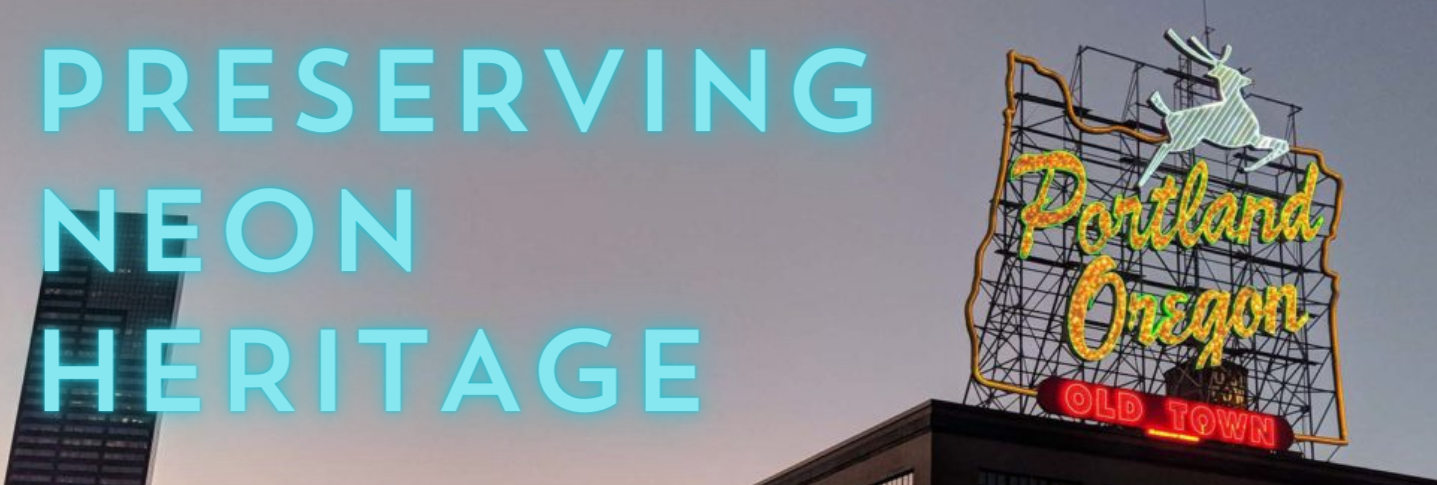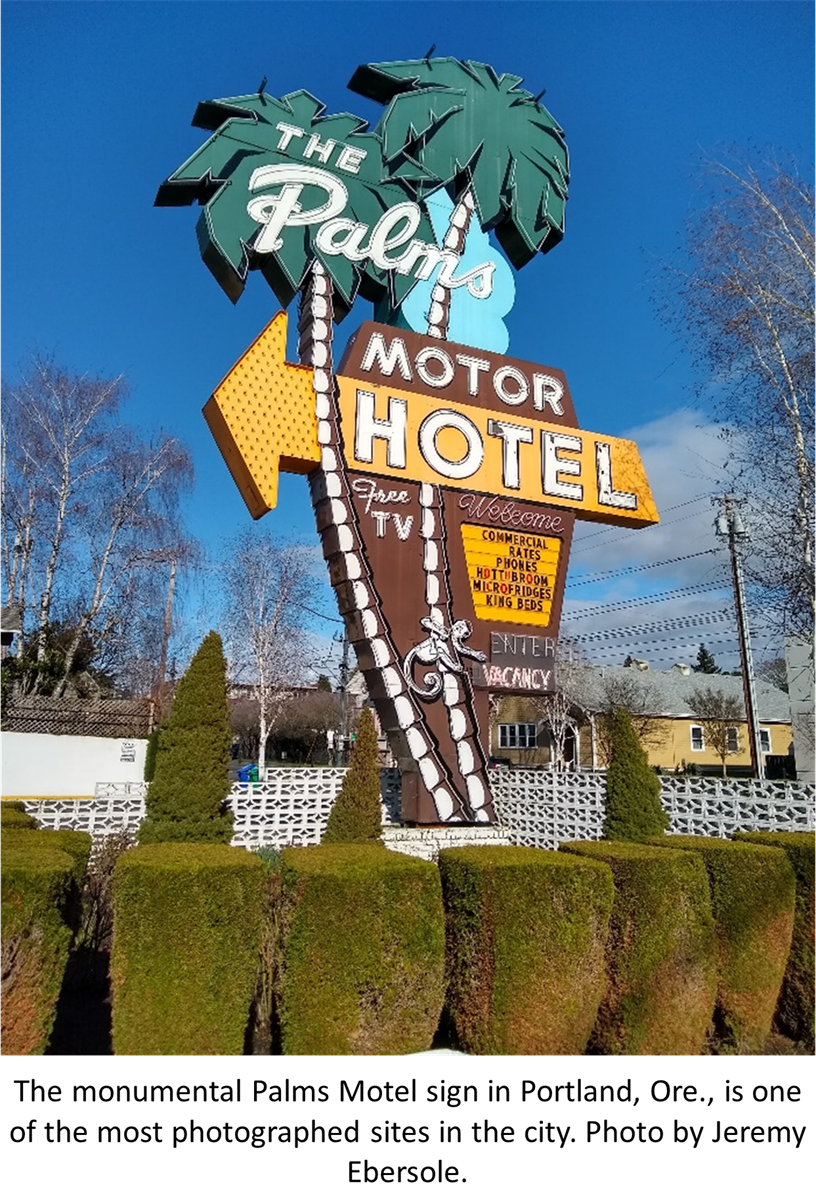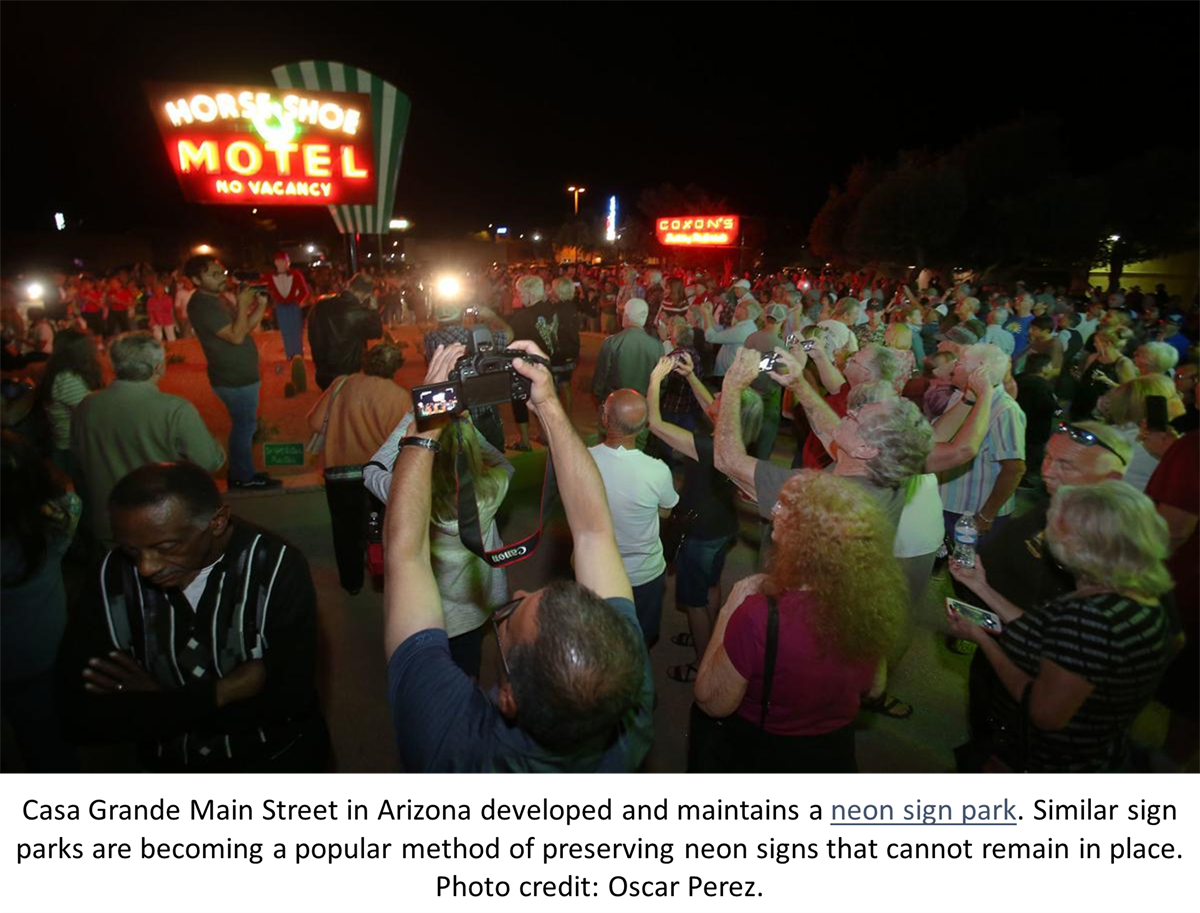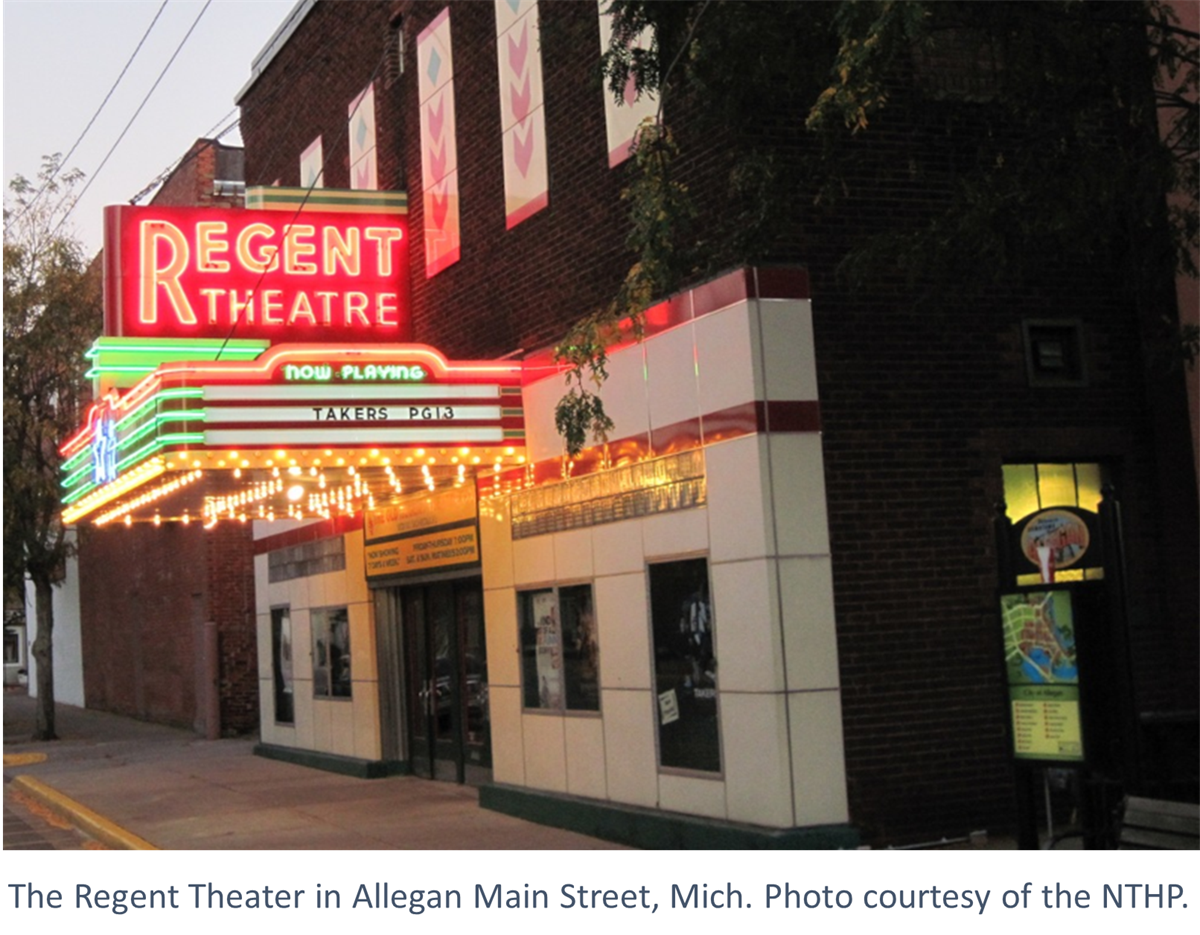Announcing the Science Discovery on Main Street Grant Recipients
Main Street America is thrilled to announce the 12 Science Discovery on Main Street grant program recipients.

Marion, Iowa © Tasha Sams
We work in collaboration with thousands of local partners and grassroots leaders across the nation who share our commitment to advancing shared prosperity, creating resilient economies, and improving quality of life.

Emporia, Kansas © Emporia Main Street
Made up of small towns, mid-sized communities, and urban commercial districts, the thousands of organizations, individuals, volunteers, and local leaders that make up Main Street America™ represent the broad diversity that makes this country so unique.

Chicago, Illinois © Main Street America
Looking for strategies and tools to support you in your work? Delve into the Main Street Resource Center and explore a wide range of resources including our extensive Knowledge Hub, professional development opportunities, field service offerings, advocacy support, and more!

Waterloo, Iowa © Main Street Waterloo
Your one-stop-shop for all the latest stories, news, events, and opportunities – including grants and funding programs – across Main Street.

Kendall Whittier — Tulsa, Oklahoma © Kendall Whittier Main Street
Join us in our work to advance shared prosperity, create strong economies, and improve quality of life in downtowns and neighborhood commercial districts.


Established in large numbers beginning in the 1920s, neon signs once dominated every commercial streetscape in America. Whether your town has 500 people or 5 million, there is no question that neon once reigned supreme. Its removal in recent decades is not a matter of happenstance but the result of multiple factors, from changing tastes, a rise in the prominence of national chain stores, and deliberate removal under the guise of beautification.
Some towns have been lucky to hold on to these iconic structures, though. Whether crumbling or shining bright, a remnant of a long-gone business or a symbol of a thriving locally owned shop, these signs color America’s Main Streets from coast to coast. Knowledge of their historic significance continues to increase; however, significant challenges remain to ensure their preservation. Deliberate action by community members and leaders—from awareness raising and smart sign codes to dedicated funding sources and preservation work—can be effective tools in keeping these prized local works of art shining bright.

The historic preservation and Main Street movements were initially complicit in the destruction of neon signs, favoring the removal of any perceived “blemishes” to a building’s original look and often returning buildings to their late 19th/early 20th century pre-neon appearance. A more sophisticated understanding today values the various ways a building or streetscape has looked over the course of its life, rather than elevating a romantic idyll of originality.
Increasingly, municipal leaders and economic development specialists recognize not only the historic significance of these beacons from the past, but the additional benefits that their preservation brings to communities:

Overly restrictive sign codes reflecting earlier attitudes remain a threat to neon signs nationwide. These codes often governed what could be built moving forward and required the removal of non-conforming signs. Where old signs were allowed to stay up, they were often not allowed to be repurposed on site or be reinstalled if they needed to come down for repair. The effect of these policies has encouraged both the decay of historic signs and their wholesale replacement with modern substitutes.
In addition, funding remains a challenge. While storefront improvement grants have proven a valuable tool that can be called into service for neon sign preservation, dedicated funding for historic sign preservation is virtually nonexistent outside of Route 66; Tulsa, Okla.; and a few other communities. Given the difference in cost between neon (an artisan craft that must be created by hand) and cheaper, disposable alternatives like LED and non-illuminated signs, many business owners simply do not have the financial means to invest thousands of dollars in the upkeep of their historic signs.
Finally, as in many areas of historic preservation, finding craftspeople with the unique skill set to preserve and restore historic neon signs can be difficult, especially outside of large metro areas. Even within growing efforts to promote historic trades, neon tube bending is nowhere to be found amongst masonry, carpentry, and other building-centric trades.
Despite these challenges, there are several tools that have proven successful at safeguarding our communities’ neon heritage. Chief among them is the same tool that has been the cause of so much destruction in the past: sign codes. Overly restrictive sign codes are not a given. In San Francisco, Tucson, and Chicago, for example, sign codes are being re-worked to not only make historic sign preservation possible but encouraged.

One of the most effective ways to do this is by conducting a survey of important heritage signs in the community and then developing a Vintage Sign Ordinance with special allowances and incentives for this specific group of signs. This provides benefits and protections to listed signs without compromising the value of the underlying sign code. Key components of a Vintage Sign Ordinance can include:

Regulations and incentives cannot be the only tool, however. Small changes like explicitly writing neon signage into existing storefront improvement grants or even neon-specific grant opportunities like in Tulsa, can have an enormous impact in making preservation financially viable.
Calling attention to the value of neon signs can also provide a boost to community pride and tourism. Many cities—including San Francisco, Calif.; Los Angeles, Calif.; San Jose, Calif.; Tucson, Ariz.; and Portland, Ore.— have developed guided or self-guided neon walking and driving tours, boosting the profile of local neon and making other regulatory solutions more easily attainable.
Ultimately, the local solutions will vary and be based on the specific needs of each community. Given the incredible historic significance of neon signs, the place they hold in the hearts of community members, the economic value they can provide in revitalizing our communities, and the danger they continue to face without strategic action, working toward solutions that preserve historic neon signs is imperative to authentically retain and enhance sense of place in our downtown districts. As Al Barna and Randall Ann Homan, cofounders of the NeonSpeaks symposium note in Saving Neon: A Community Guide (funded through a grant from the National Trust for Historic Preservation), "Neon signs are a brilliant example of neighborhood and small business history. These handmade works of neon art should not be destined for the dumpster. The win-win combination of embedded history and artistic ingenuity in these signs creates a bridge between past and present."
Interested in learning more about downtown sign regulation? Check out this article written by Main Street America Chairman Emeritus Ed McMahon >

Hestia Creations, a Main Street America Allied Member, is this quarter's Main Spotlight advertiser. For more information about the products and services they provide to Main Street organizations, click here >